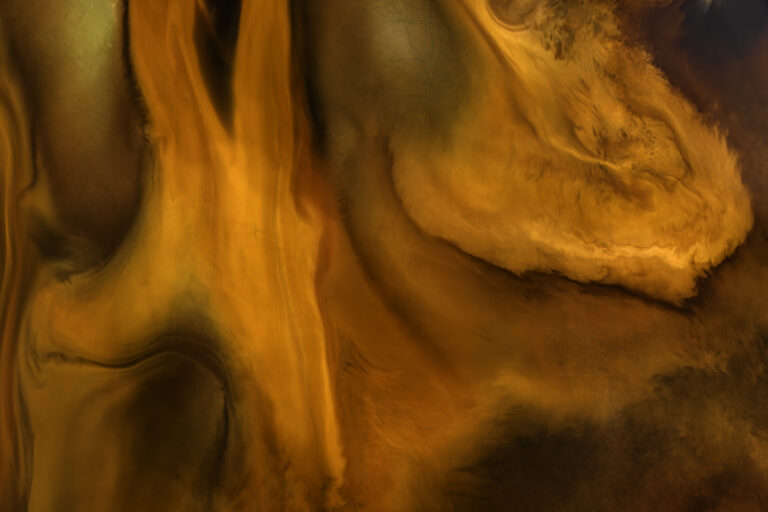There’s no place like home, there’s no place like home…
Judy Garland as Dorothy in The Wizard of Oz
Don’t get me wrong, I love to travel, but I also appreciate the home front too – especially when it comes to photography. Here at home, I’m attuned to the seasons and I know the locations intimately. When I’m on the road it takes a while and quite a few trips to get to know a place.
In the Columbia River Gorge where I live in Oregon much of the area is over-photographed. And when the hordes are here photographing, I’m usually somewhere else. But there is more to this land than just a checklist of waterfalls and wildflowers. Maybe it’s the cherry blossoms, or native flowers growing on my land, or it could be another great season to photograph buttercups under the oaks. Whatever the season, I know my local area intimately and I’m ready to photograph what nature presents.
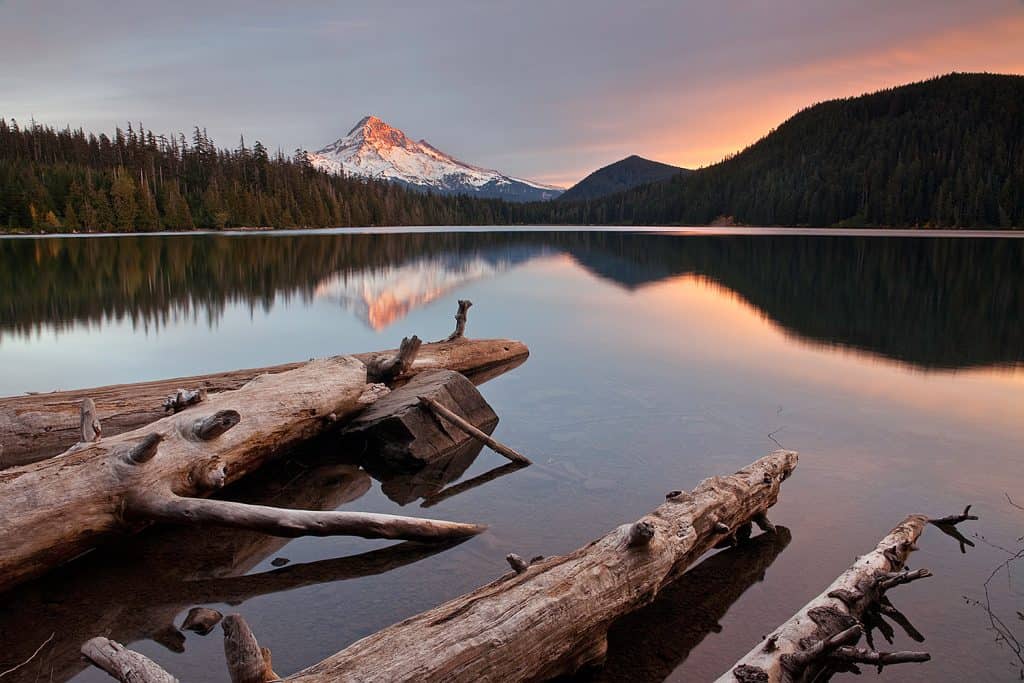
Before my favorite old homestead burned down from an arson fire, I could gauge the sunset and run over for a quick image with the evening skies above. Or I can head over to a nearby crumbling log cabin for a pond reflection on that rare occasion that ephemeral pond even exists. Sometimes, a Pacific Tree frog may nestle into the nearby plants, or I can photograph the many varieties of wild lilies which grow nearby.
I also can access private land if I have permission from the owners, and I get to know them, and they get to know me. I can react to the best blooms, the best light, the best conditions, and because I live nearby, I know when those conditions exist. I can’t do that on the road, I can only hope to get lucky with those conditions. Hell, when I’m at home I can spy a dramatic scene on my way to the grocery store! I’d need to be extremely lucky to catch something like that on the road. Yes, all of these are good reasons, but the best reason is that I have a sense of place.

I’m deeply connected to the land here and feel more at home.
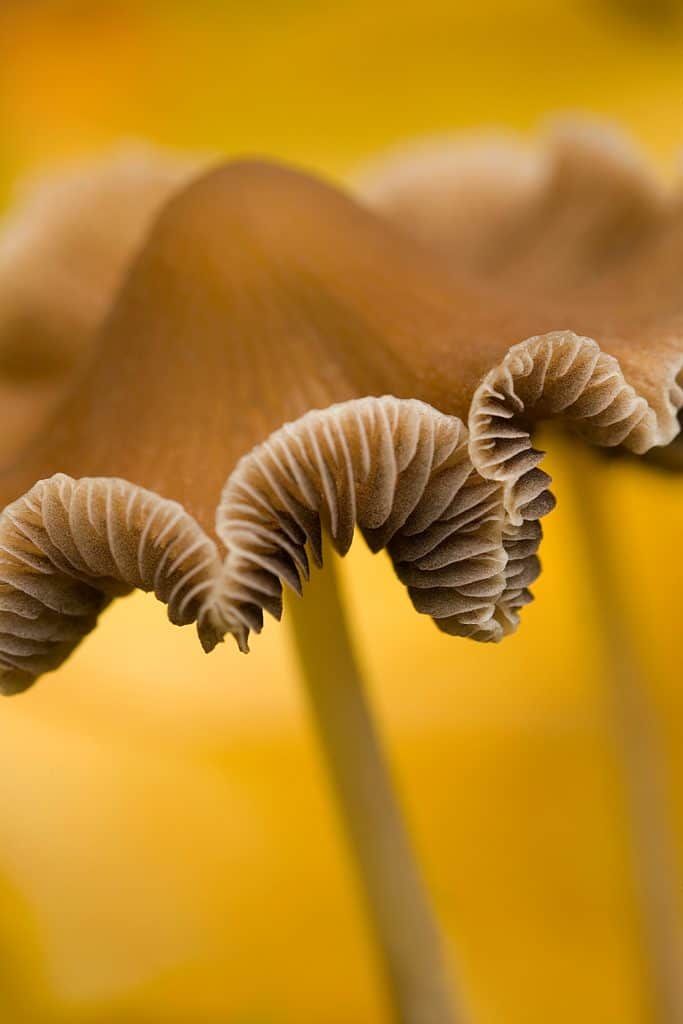
The author and farmer Wendell Berry makes a living from his books regarding that sense of place. Berry wrote, “I am not bound for any public place, but for ground of my own where I have planted vines and orchard trees, and in the heat of the day climbed up into the healing shadow of the woods.”
Just think of the long and storied history of a place like Yosemite and all the photographers who made careers, and still make careers, out of their sense of place in that National Park. In the Columbia River Gorge, I follow in the footsteps of photographers like Lily White who was a photographer and teacher of photography in the early 1900s. She was admitted as an early member to Alfred Stieglitz’s Photo-Secession group. Others who followed in her footsteps were Fred and Oscar Kiser who were among the first to photograph the iconic scenes and waterfalls in the Columbia Gorge that are still photographed today. That photographic history adds to a sense of place where I feel at home.
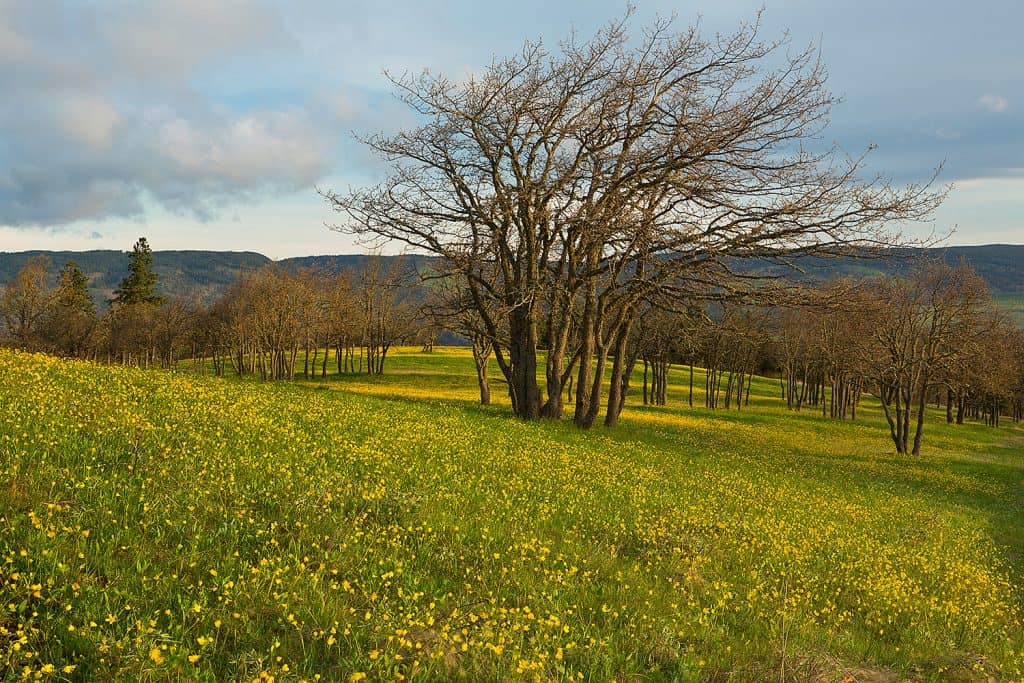
My sense of place grows outward to the region of the Pacific Northwest too. I know when the conditions will be good at certain locations along the Oregon coast, and I got those iconic images from the region out of my system long ago. Now I look for subtler scenes and details, or maybe I’ll just improve upon what I already have from the area. I know when to avoid the coast too (tourist season, which can also be fog season), or when to head into the mountains for wildflowers. I’ve explored, hiked, backpacked, and driven many miles of the Pacific Northwest and over the years stay in tune with the cycles of the region. You can do that too where you live, and I guarantee it will improve your photography.
Where I live, I take walks most every day through the countryside, and I look at the subtle changes around me. It’s here that I’ve had my eye on certain scenes, and I’m waiting for all the right conditions to align. There is a grouping of flowers by a dead tree, and a few old oak trees in the snow on a foggy day that I’d like to photograph, and I’ve been waiting for a few years for those conditions to be just right. One day I’ll make an image, but not yet. These are some of the places I’m in tune with, and I enjoy watching the changes over time—and maybe I’ll never take out my camera and that’s okay too. Just watching these places change and develop over time is its own reward.
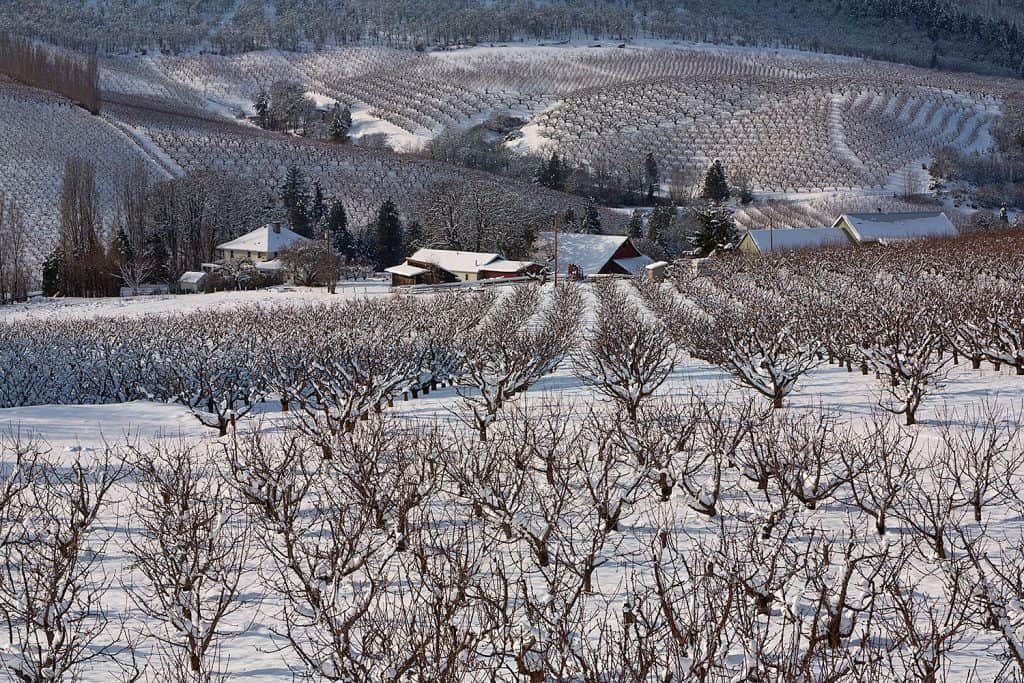
I have a connection to the land, and with that connection I’m able to create images that are more personal to me. I’m not a bird photographer, but I still know when the buffleheads visit during winter, and when the osprey and turkey vultures migrate to the gorge in spring. I know the best bald eagle haunts, when the chipping sparrows migrate through my yard, or when the olive-sided fly catchers arrive in summer. I also visit a wonderful grouping of trees that a flock of Lewis’s woodpeckers call home. These are just things you get to know when you’re aware of your surroundings.
In fall, I have an idea when the leaves will change and that some years are better than others. I also know the best mushroom haunts and enjoy photographing them before picking the stupid-proof ones for dinner. And every winter after a fresh snow I walk up the road and make a pilgrimage to a scene overlooking a farmhouse and the patterns of surrounding cherry trees.
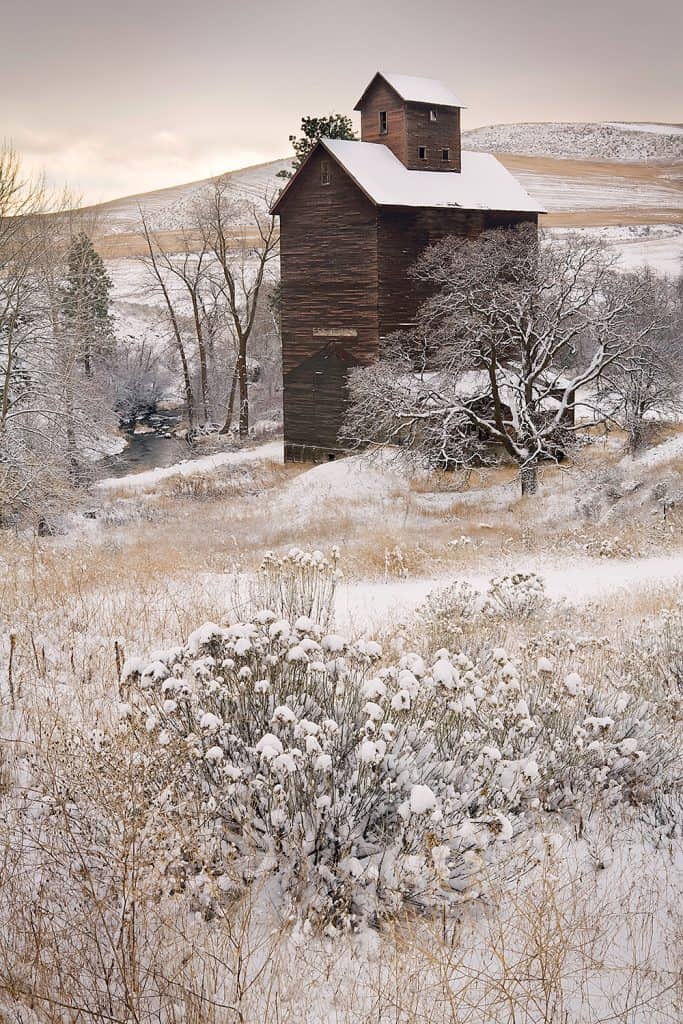
When I head to New England for a vacation later this year, I’ll be on the flip-side of my sense of place. My ancestors settled in the area in the 1600s and I’ve been there many times, but it’s just not my area to photograph. I’m sure I’ll have a few images that I like from my trip, but many will be images that those who live there year-in and year-out got out of their system ages ago. But that’s ok; I’ll enjoy that sense of discovery too.
Stay in tune to what’s going on around you; take a walk and photograph in a nearby park or wildlife refuge; do this frequently. Be present in the moment, and you’ll begin to have a connection with the land, water, flora, and fauna nearby, and with that connection you’ll begin to photograph on a more personal level and then create images that are more meaningful to you.



